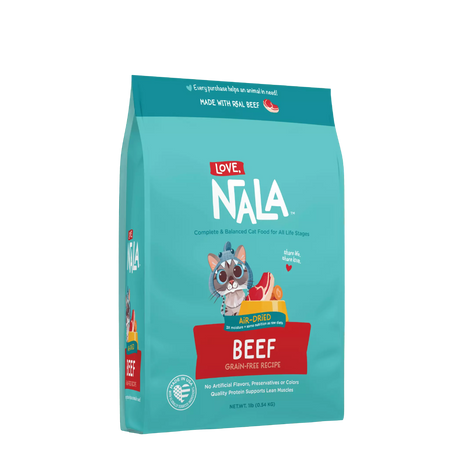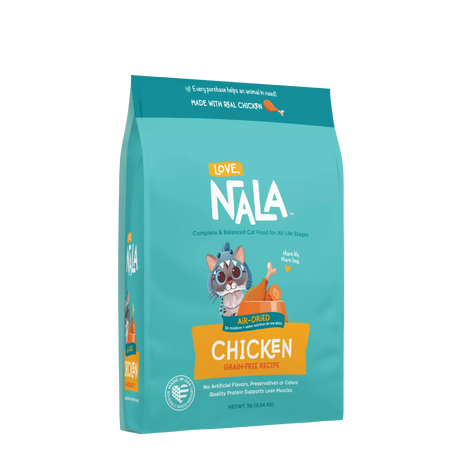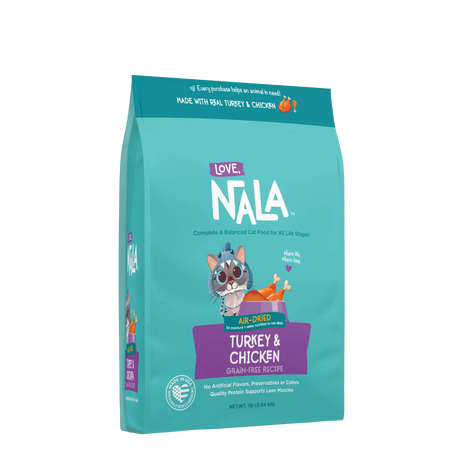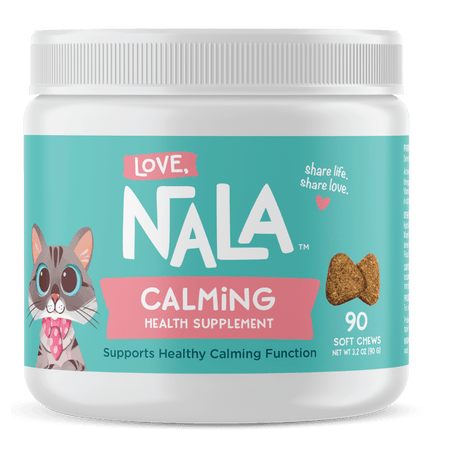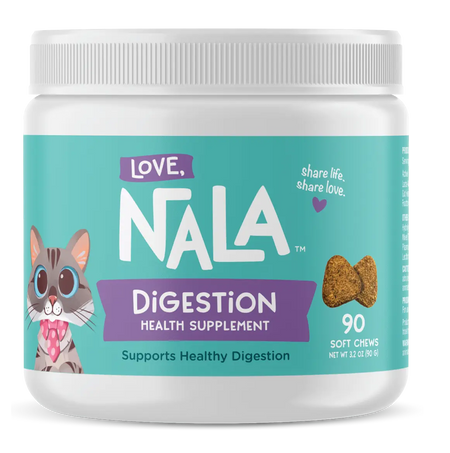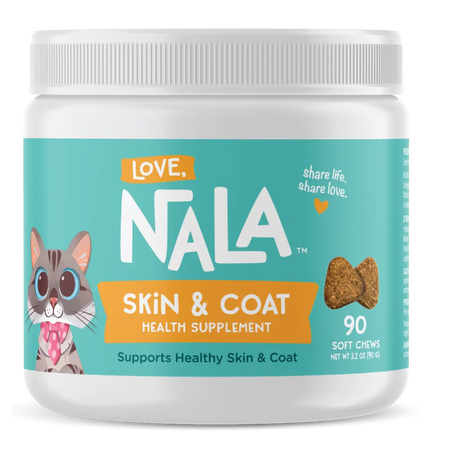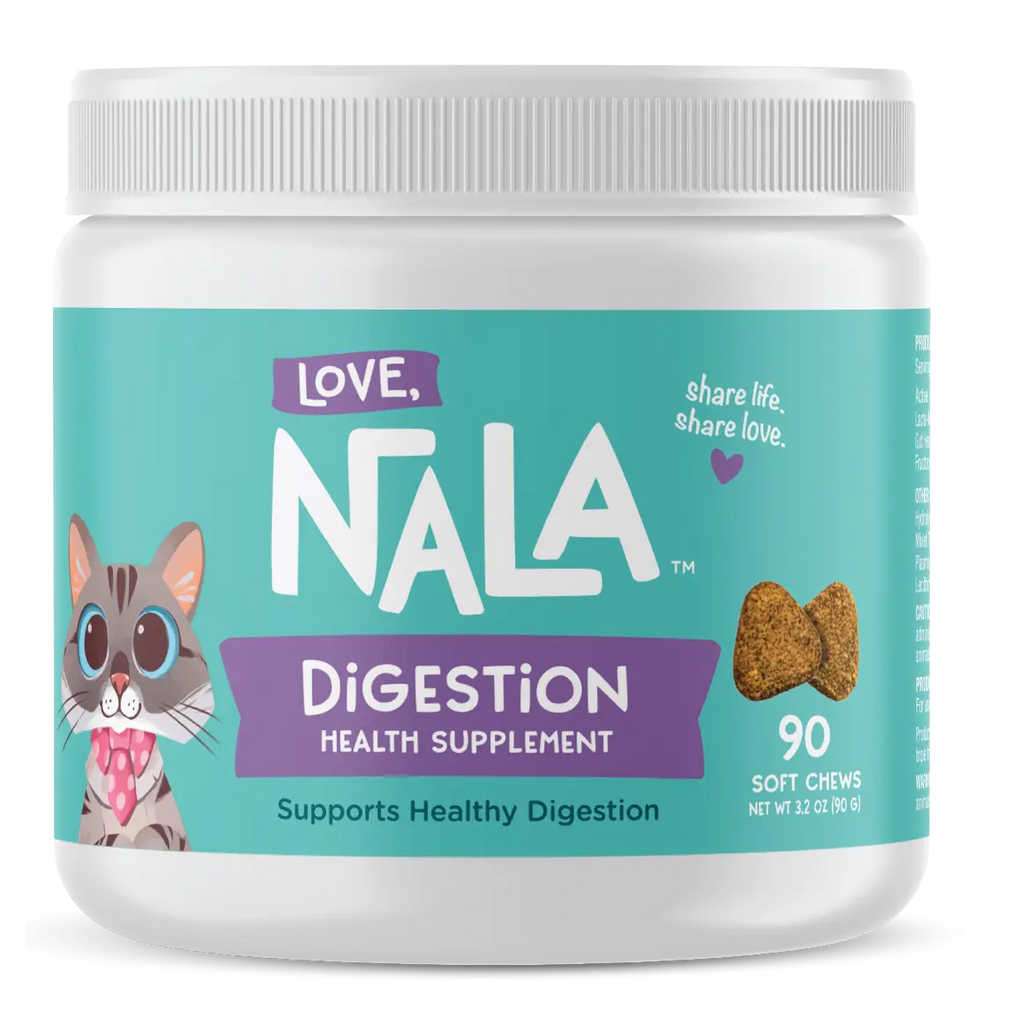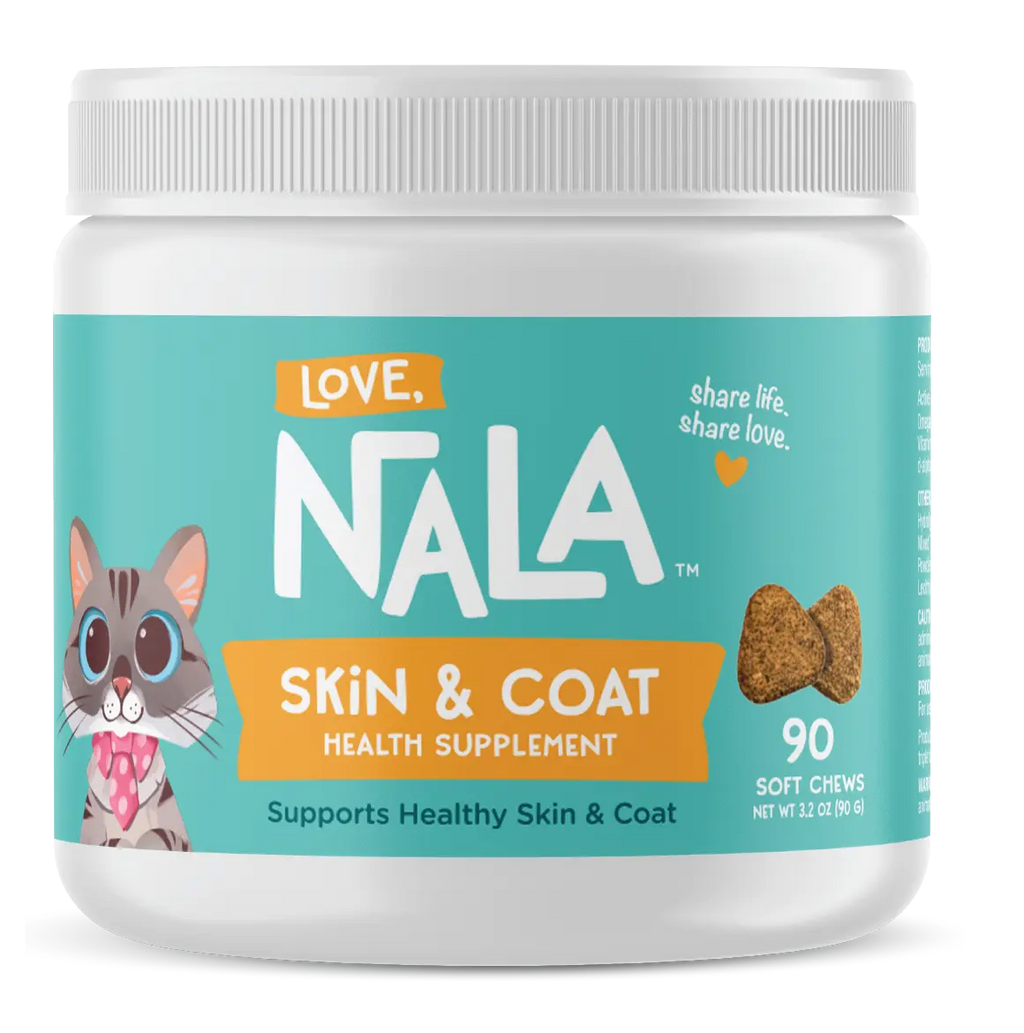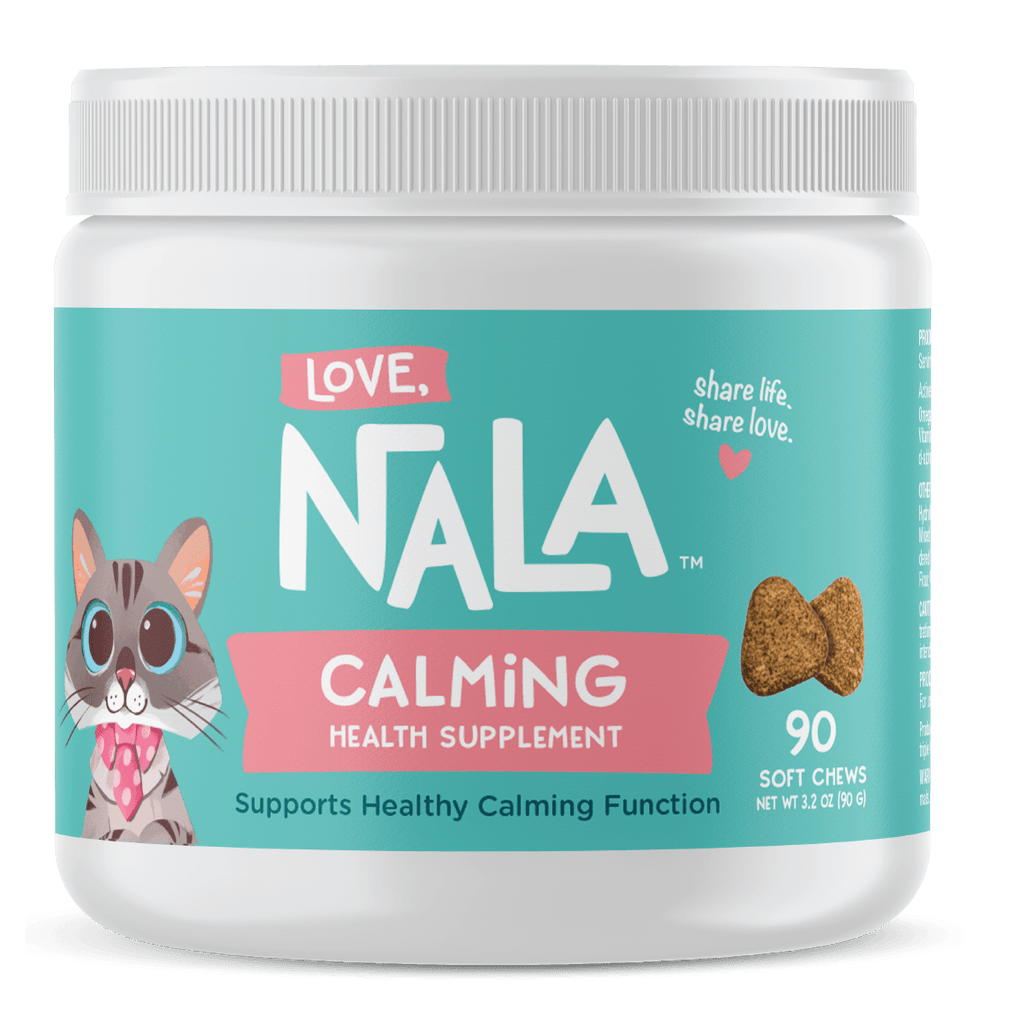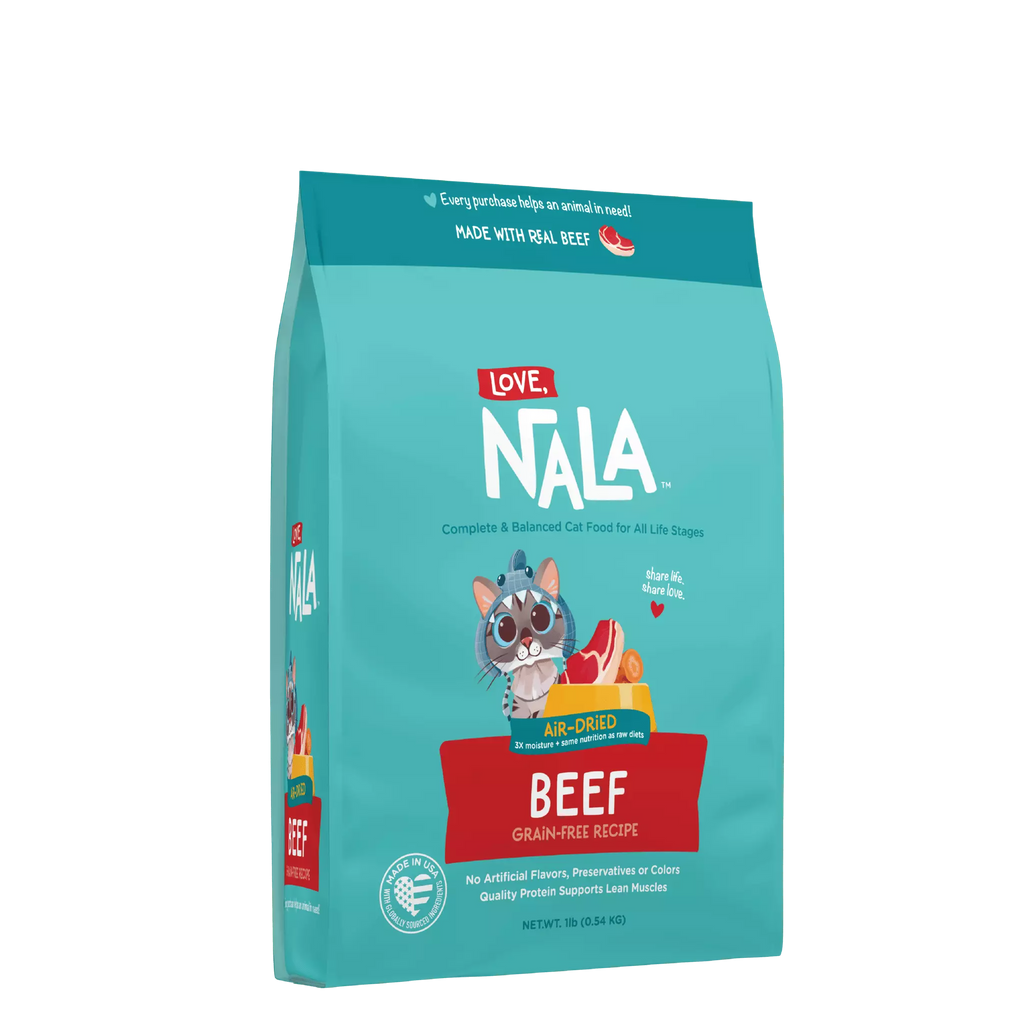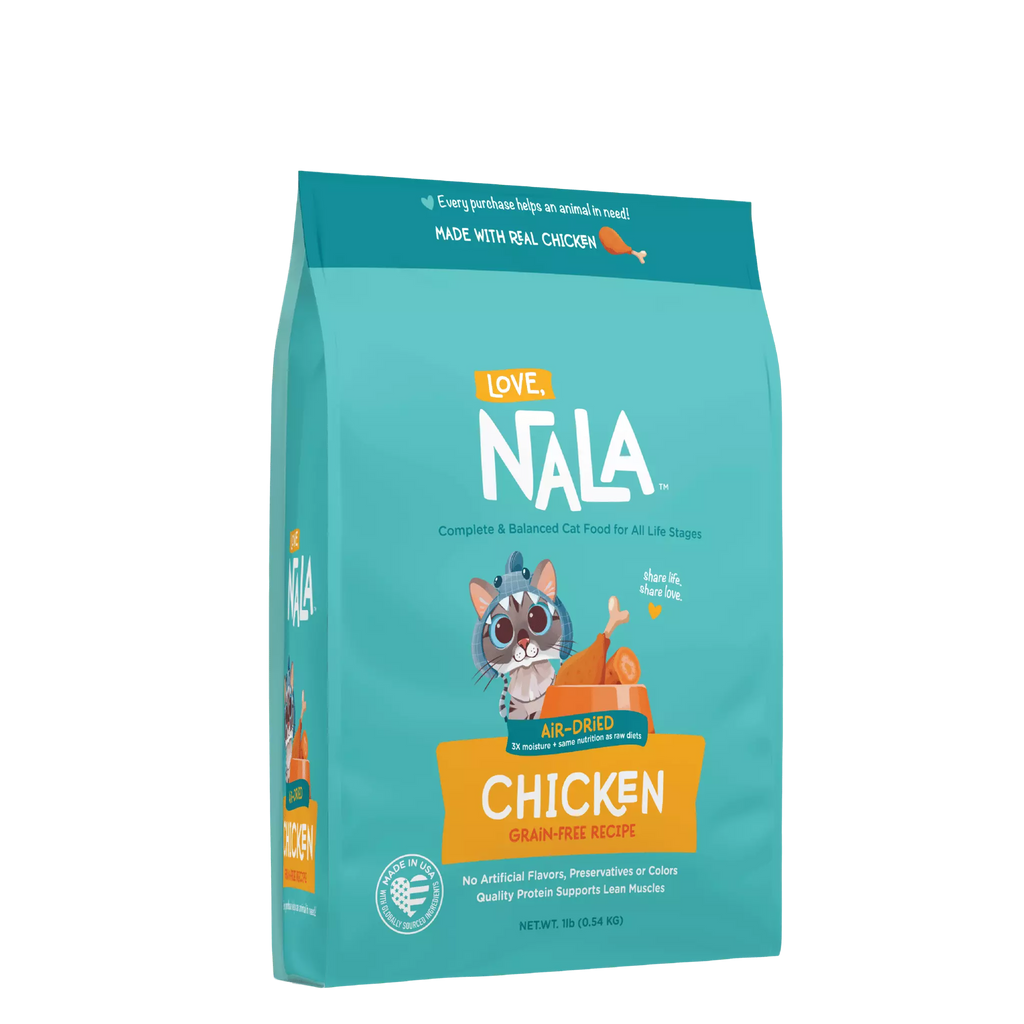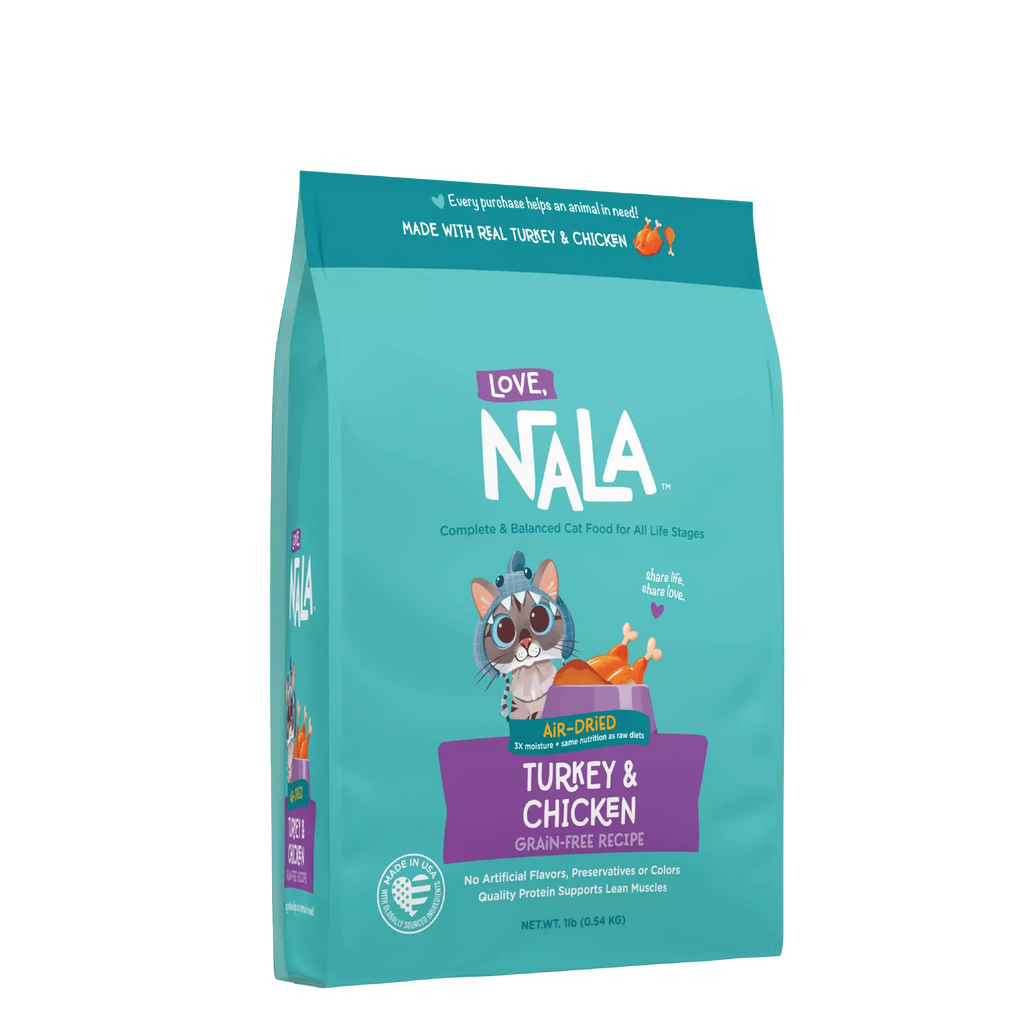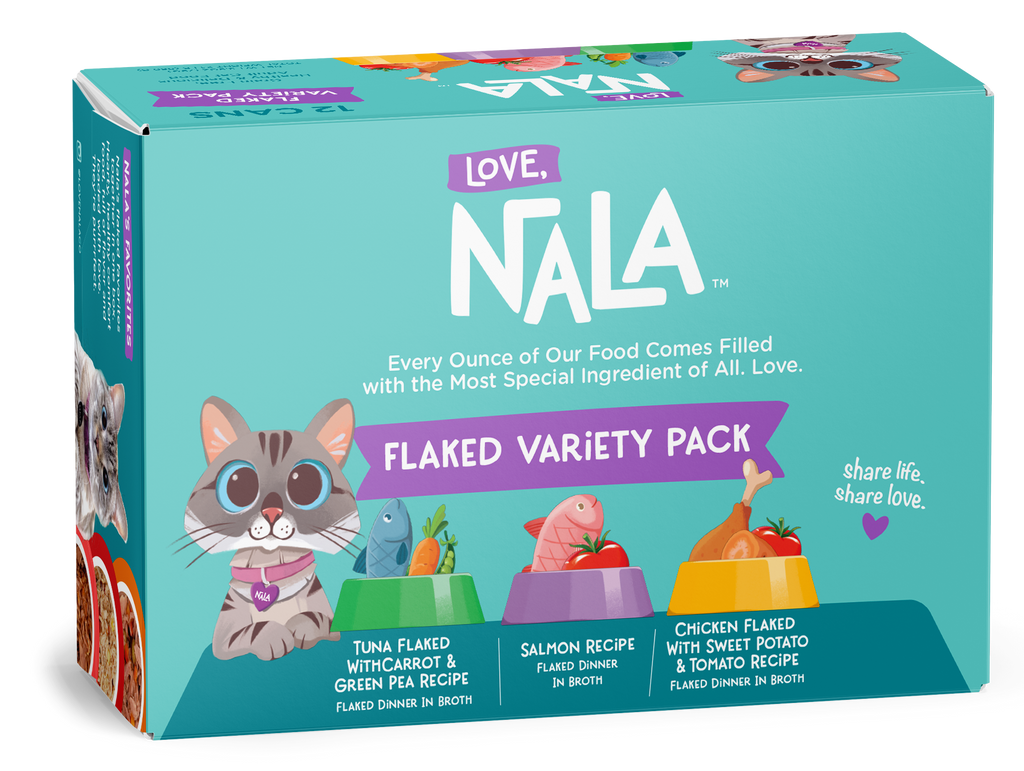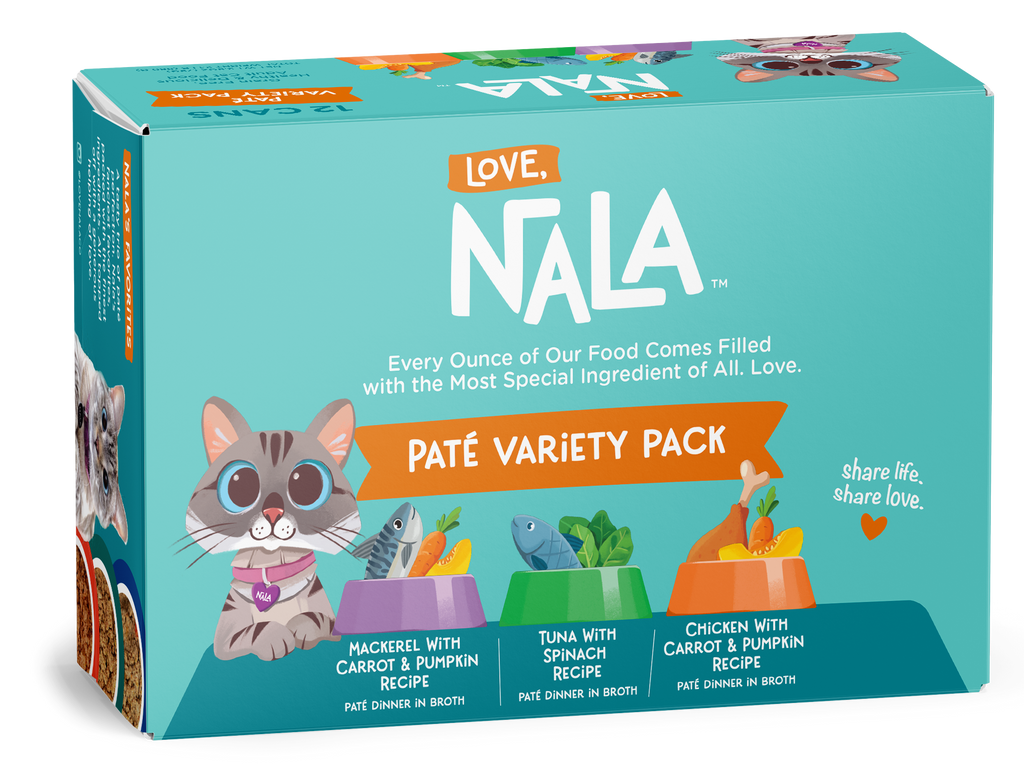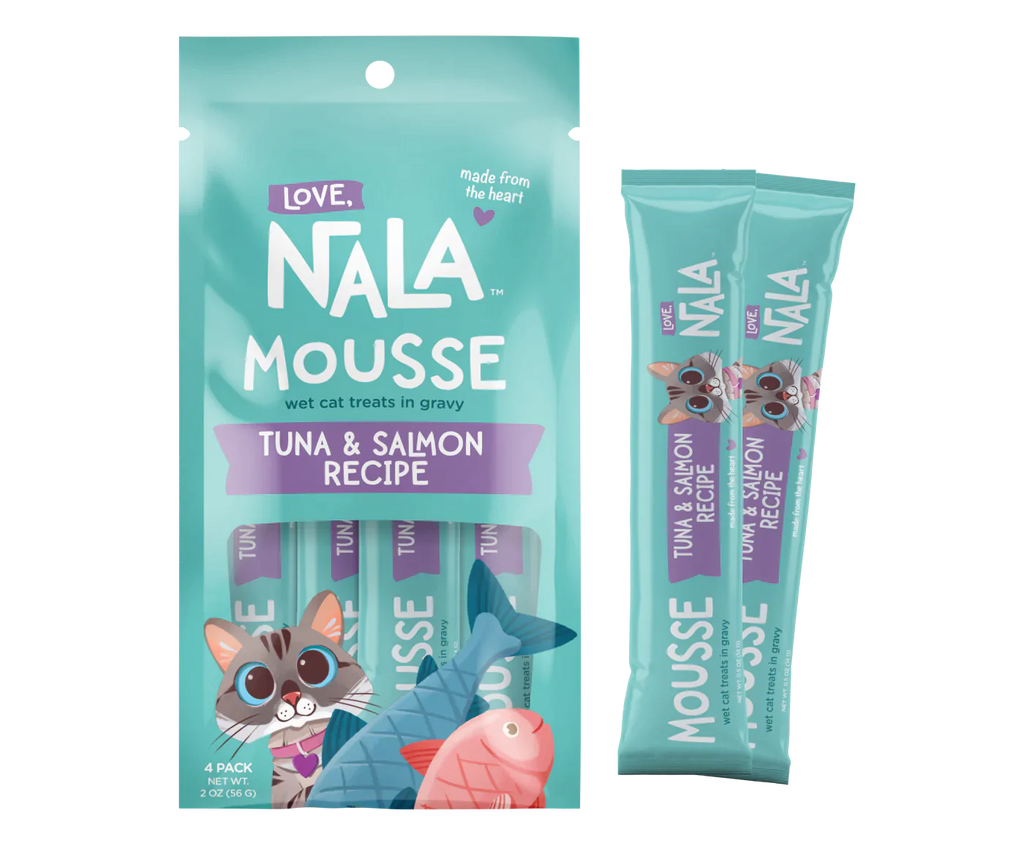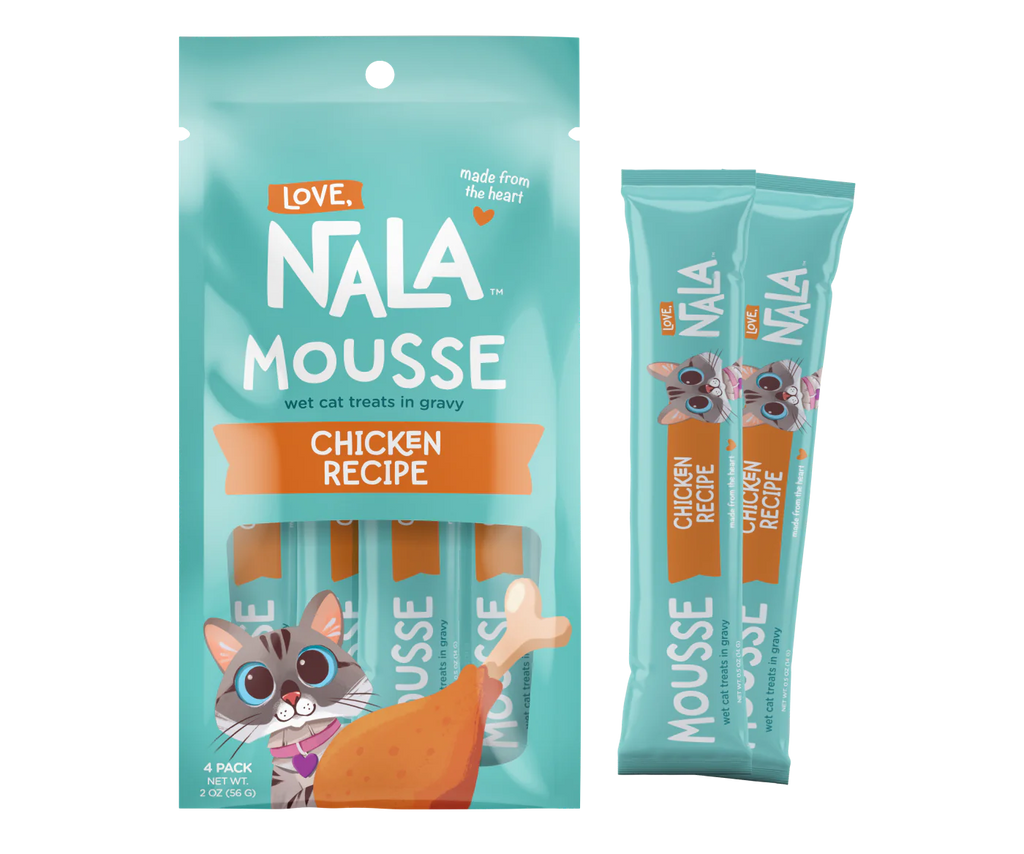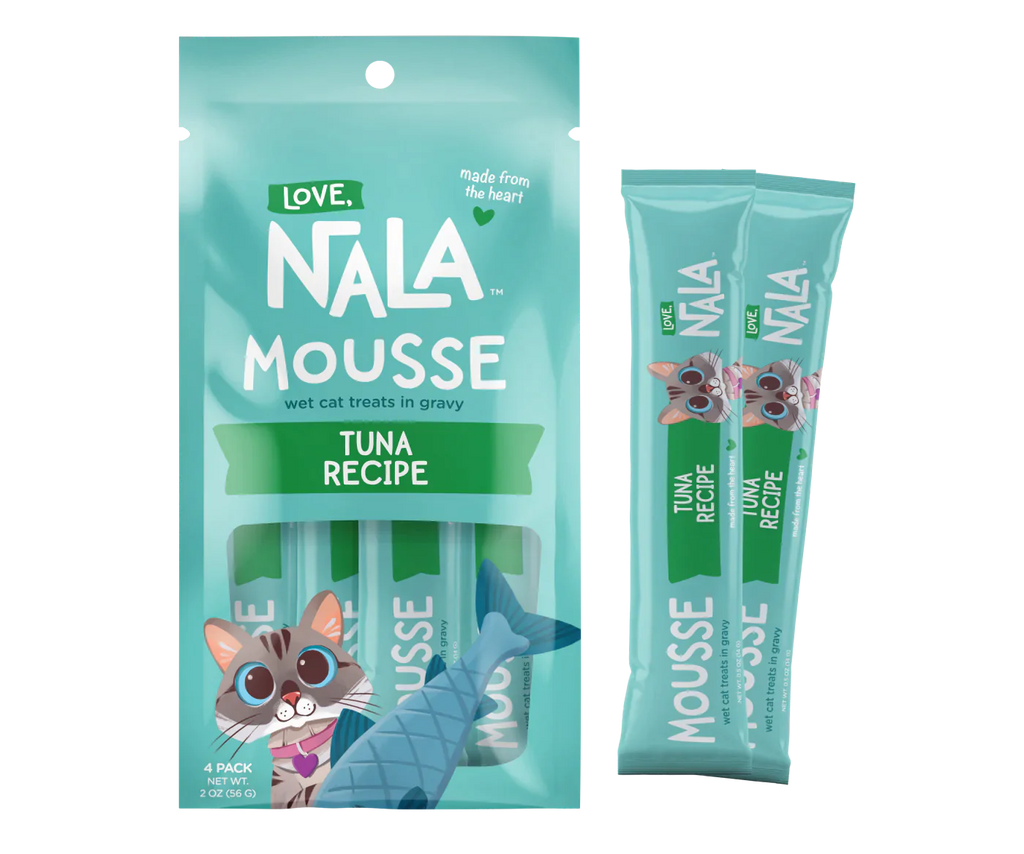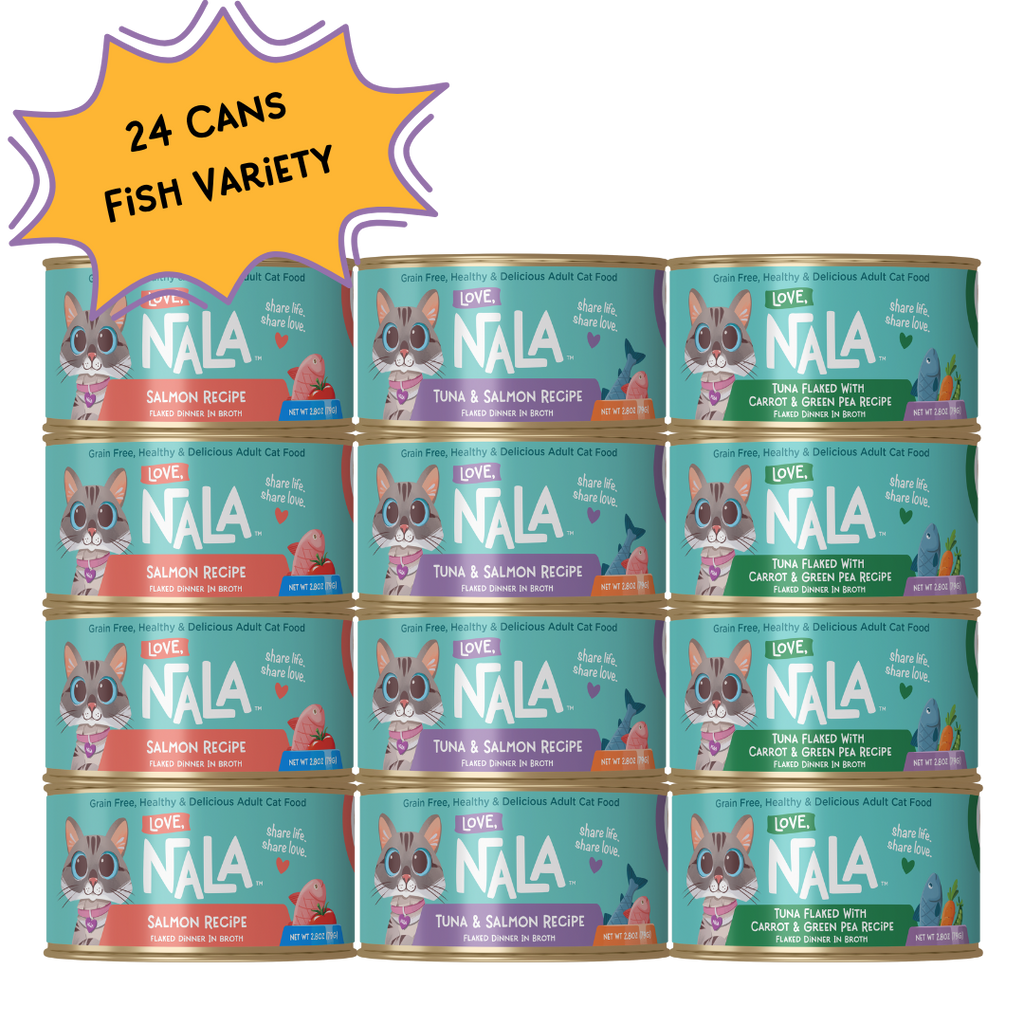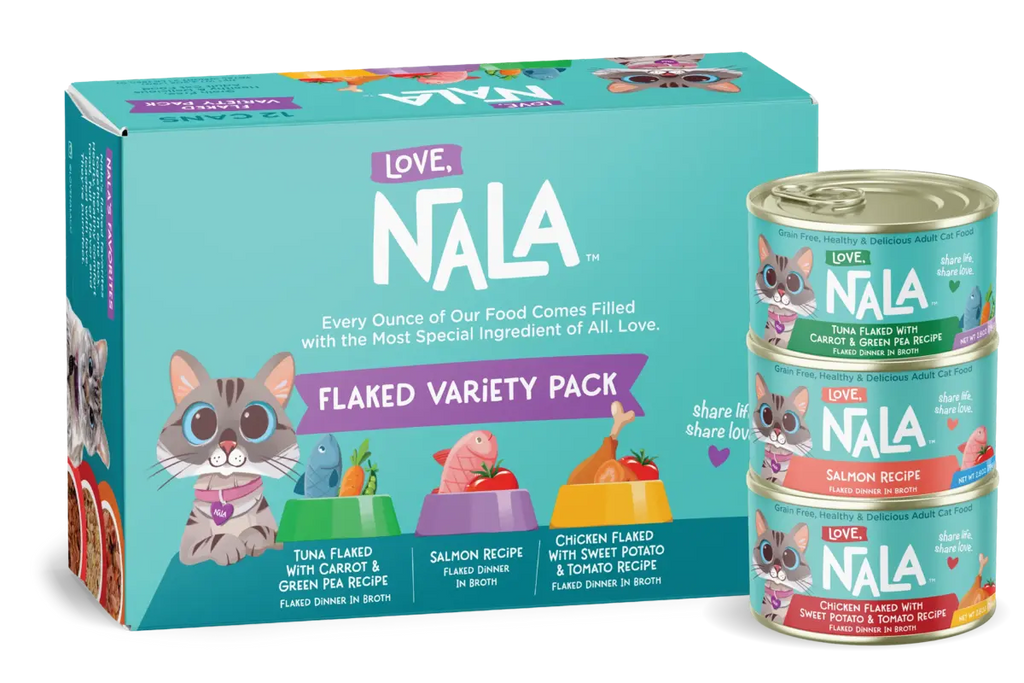It’s no secret that cats love food, but carrying excess weight isn’t healthy for them. Cats at a healthy weight live longer than overweight cats and suffer from fewer obesity-related illnesses like diabetes and arthritis. So how much should your cat eat every day?
To keep your furry friend happy and healthy, you should feed them smaller, sensible portions throughout the day. No more bottomless bowl of kibble! For a healthy adult cat, two meals a day is usually ideal while tiny kittens and older seniors require more frequent meals. Cats shouldn’t go more than 12 hours without food. They digest food similar to humans and their stomach becomes empty about 8-10 hours after eating, leading them to feel hungry again.
Cat food comes with serving suggestions on the package, which are helpful as a rough estimation, but you need to consider your own personal cat when determining their portion size. Cats who are more active need more calories than cats who are quite lazy, for example. And cats who are larger require more calories than more petite cats. As a general rule, an adult cat requires about 25 calories per pound of body weight. So if your cat weighs ten pounds, they need about 250 calories per day. You divide this number among their wet food, kibble, and treats, while considering they get at least two meals.
How Much Should a Cat Eat per Day?
A healthy weight for an adult cat is anywhere between 8 and 12 pounds. Of course, factors like age and activity level influence this. As an example, experts suggest a moderately active adult cat of 10 pounds needs about 250 calories a day. That can be divided into two meals of 125 calories each.
To calculate the calories in cat food, and therefore how much to feed, find the calories in a cup of their wet and dry food. If a cup is 500 calories, and your 10-pound cat needs 250 calories daily, that means a half-cup divided between two meals.
Kittens require more calories a day (150-200 calories per pound), while a senior cat needs 15-20 calories per pound). Meals for kittens and seniors should be fed in small, more frequent portions; kittens, 4-7 meals per day, while seniors can do 2-3 meals a day.
How Much To Feed a Cat Chart
Below are some general guidelines. Activity levels and overall condition may affect feeding amounts. Consult with your veterinarian if needed.
| Cat Type | Daily Calories | Dry Food | Wet Food |
| Kitten (0-6 mos) | 2-3 times adult intake, in 4-7 small meals | ¼ to ⅓ cup |
2.5 to 3.5 ounces
|
| Adult (1-7 yrs) | 200-300 calories | ⅓ cup |
3.5 ounces |
| Senior (7+ yrs) | 180-200 calories in 2-3 small meals | ¼ cup |
3 ounces |
Wet food is generally healthier than kibble so using canned food as the main meals and dry food as a snack is usually best. While every cat has their own unique needs, ⅓ or ½ of a cup of dry food per day is fine for the average adult cat. Just because the bowl is empty doesn’t mean it needs to be refilled! Let your cat learn that they get fresh kibble once or twice a day and when it’s gone, it’s gone until tomorrow. Too much dry food can cause your cat to gain weight since it’s mostly carbohydrates and cat bodies are better suited toward high protein diets.
In addition to containing more protein, the higher water content in wet foods can also help combat kidney and urinary issues. Two or three ounces per meal is a good serving size for an adult cat.
A half cup of dry food and a 5.5 ounce can of wet food both average about 250 calories. So if you want to feed a combination and your vet has agreed that 250-300 calories per day is suitable for your furry friend, you’d want to feed about ⅔ can of wet and about ¼ cup of dry every day to start and monitor for a week or two to see how they’re adjusting to their new diet. It may take some trial and error, but once you find the right balance for your cat, they should be maintaining their weight and activity level. They shouldn’t have food left in their bowls, but they also shouldn’t be meowing for food in the middle of the night.
Cats love a routine so once you create a new feeding schedule they will adjust to it and learn to revolve their day around mealtime. It allows your cat's body to be prepared for the food it is about to receive, which is especially helpful if a change in diet is required. When you know they are hungry, they will be more inclined to try a new, healthier food. A feeding schedule also lets you better monitor how much and when your cat is eating. It’s always best to consult with your vet so they can guide you on how many calories your cat needs per day and if and how much weight they need to lose or gain.
Factors that Influence the Amount of Food You Should Feed Your Cat
How much to feed your cat is largely dependent on their age and how active they are. A kitten will need more frequent meals than a senior, for example. Other factors include if a cat is pregnant or nursing, if they’re prone to gaining weight, or the breed (larger breeds need more food).
Also, the type of food will influence how much should be fed to your cat: for example, some dry foods are higher in calories than wet foods. A disciplined balance between your cat’s favorite foods can maintain a healthy weight.
Sticking to a measured amount of nutritious cat food – carefully increasing or decreasing it as needed – can keep your cat both satisfied and healthy through every life stage. Also, providing a little extra stimulation and activity can help, as cats that are bored often beg for more food (just like humans!).
And remember that the best way to show your love to your cat is to help them live a long and happy life so feeding them high-quality, natural ingredients is key.
Love, Nala
